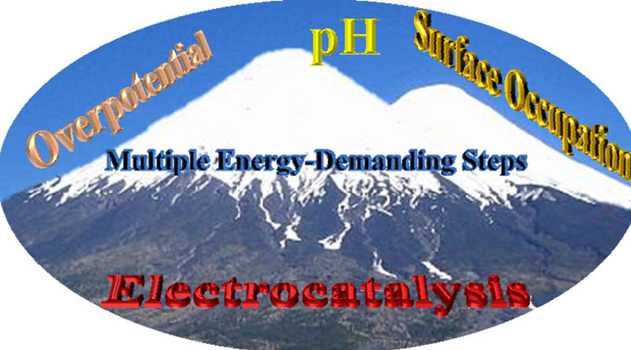Electrocatalysis plays a vital role in technologies of energy and environment relevance, such as water electrolysis, fuel cells, synthesis of carbon and nitrogen-based fuels, etc. The volcano relations (VRs) are general and standard tools for predicting and understanding the activity trends of electrocatalysts. The modern electrocatalytic VRs are generally based on the kinetic models with the maximum free energy (ΔG0max) of reaction steps as the rate-determining term (RDT), in which some important factors that crucially impact the reaction kinetics are missed, for examples, the surface structures and coverages of reaction intermediates and spectators, other free energy demanding steps than that associated with the ΔG0max, and so on. In this perspective, we first give a brief introduction of the theoretical framework of current electrocatalytic VRs and the underlying problems in the oversimplified ΔG0max -based kinetic models, and then provide an account of our effort in constructing more rational VRs for electrocatalytic reactions. We introduce a new theoretical framework of electrocatalytic VRs based on kinetic model with the so-called energetic span (δE) serving as RDT. Since the surface-coverage effects and multiple free energy-demanding steps are considered, the VRs thus obtained show several new features such as strong potential dependence, asymmetric ascending and descending branches, relatively flat tops, and so on. The effectiveness of the δE-based VRs is verified for hydrogen and oxygen electrocatalytic reactions. Finally, research directions to further rationalize the electrocatalytic VRs are discussed.
https://doi.org/10.1016/S1872-2067(21)63890-1
